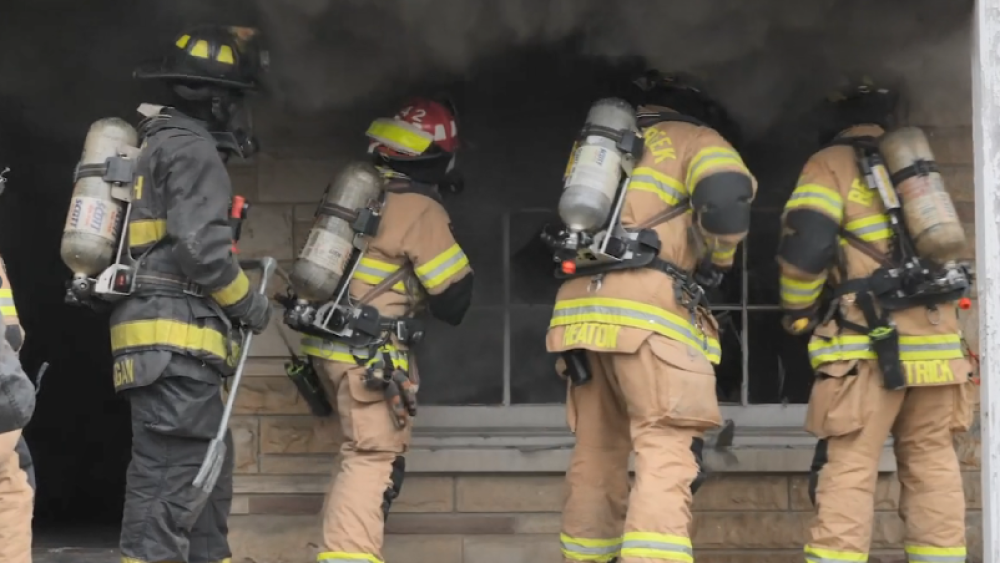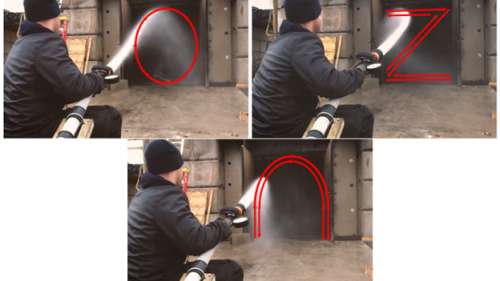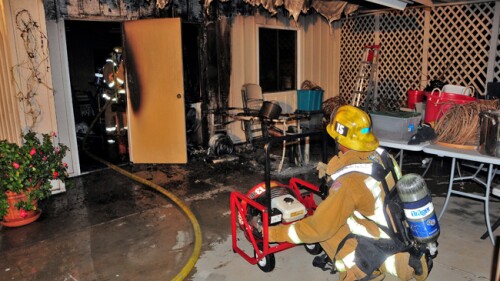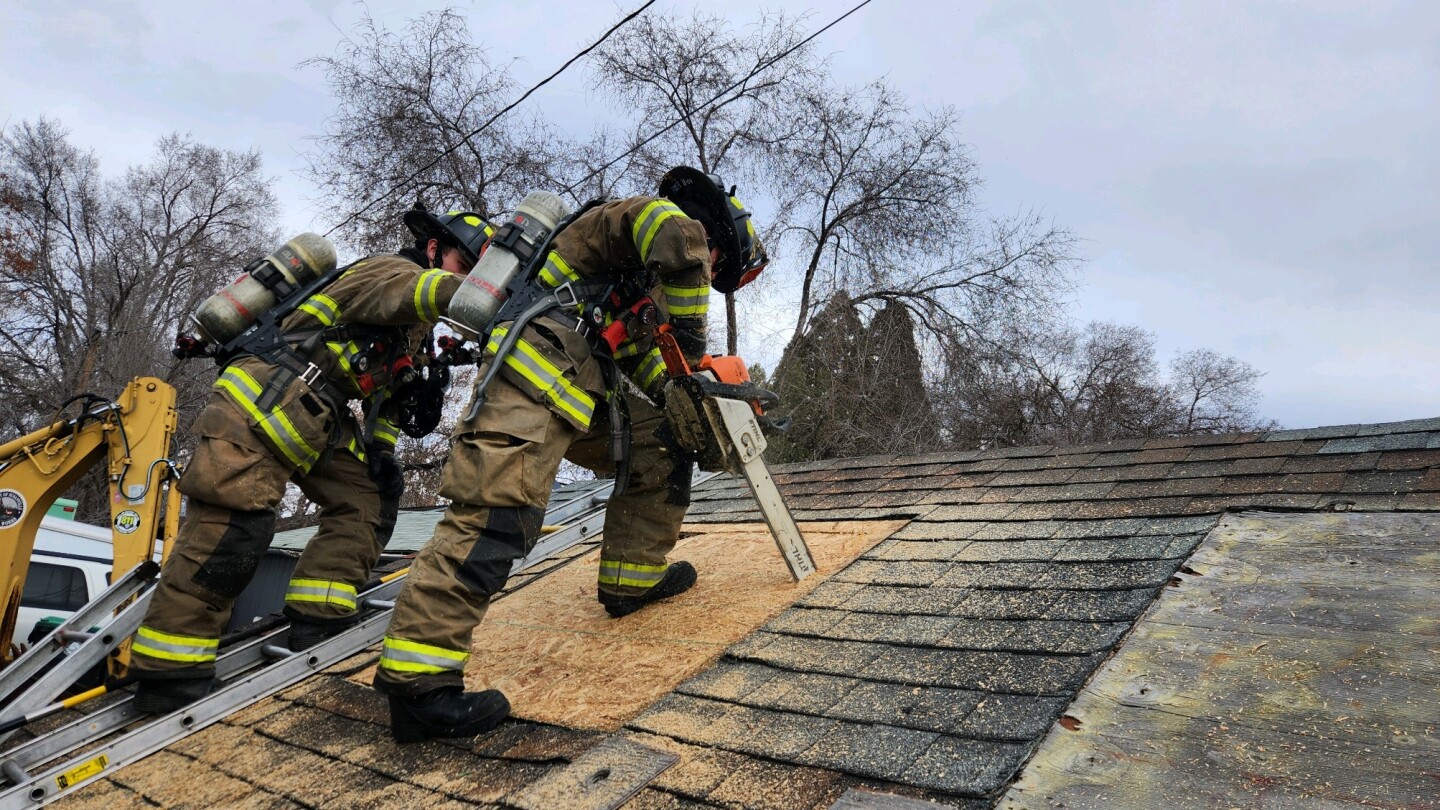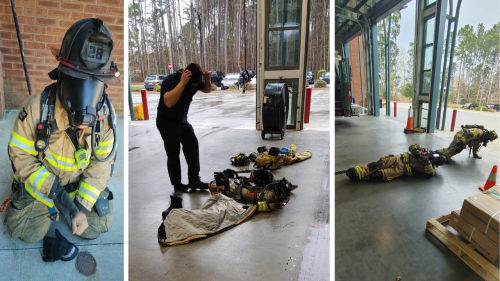As research continues to emerge, highlighting the importance of coordinated ventilation, firefighters are forced to adjust strategies and tactics. This special coverage series reviews the current ventilation-focused research and offers detailed steps for how to best implement the various ventilation operations – vertical ventilation, horizontal ventilation, positive pressure ventilation, among other tips and tricks to ensure safe fireground operations.
MOST POPULAR
- Pa. police seize fire trucks, shut down volunteer FD
- Burning truck carrying li-ion batteries shuts down Calif. interstate for over 40 hours
- Iowa family sues city, first responders, EMS and medical directors after drug error
- 8 Calif. firefighters injured in rollover while returning from wildfire
- Shelter-in-place order extended indefinitely during Ga. chemical plant fire
MORE FIREGROUND OPERATIONS
The fire service has a responsibility to educate its stakeholders so they can become meaningful contributors in the strategic planning processes
Following key steps can help firefighters manage stress in order to reduce fear and improve decision-making, both on and off the emergency scene
Starting with mayday basics, like when and how to call a mayday, primes them for actual emergencies and sets a foundation for more advanced training
Make sure you are able to recognize the signs of flashover because you don’t have much time to get out
Step 1: Back out or attempt to isolate yourself in a room behind a closed door if retreat isn’t possible
From floating docks, limited access and unknowable fuel load, boat fires present unique challenges for responding firefighters
Establish side alpha, stay disciplined in your direction, pay attention to sights and sounds, and use “breadcrumbs” to establish a route
Use the swim method, grab your wire cutters and get help from other crewmembers
Firefighters are the ultimate timekeepers; we must minimize the time fire can grow and maximize the time victims can survive



